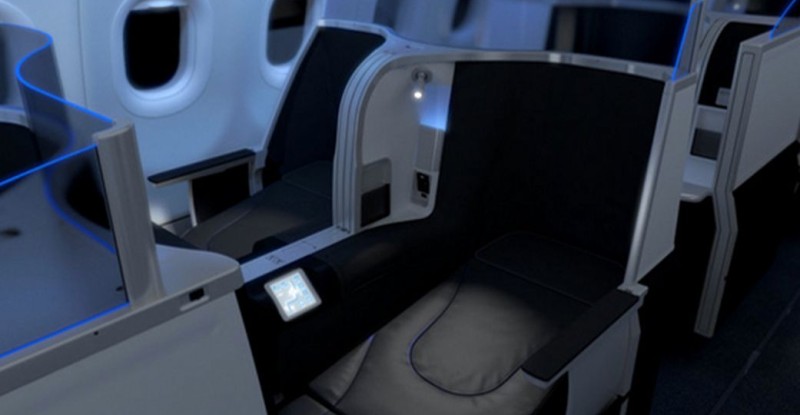Fresh off of doubling its earnings in the second quarter, JetBlue management has provided some color on the carrier’s fleet and refurbishment plans. Of particular interest is the growth of Mint, JetBlue’s premium product in the transcontinental market. Success of the Mint product has exceeded initial expectations. And based on that success JetBlue is expanding frequencies out of JFK for transcon, adding new Caribbean destinations and adding Boston service.
However, the company is taking a measured approach to Mint growth. The JFK expansion will happen mostly through increased utilization of the existing fleet to north of 14 hours per aircraft per day of flying in the peak season, well above the ~12 hours per aircraft that the rest of the fleet averages. As the Boston expansion rolls around the company will add five new Mint configured A321s to handle the additional flights.
There is a possibility for further growth beyond these five new Mint deliveries. “We do see a lot of opportunity for future Mint markets” said CEO Robin Hayes during the carrier’s earnings conference call, but don’t expect too much too soon. There is a six-plus month lead time to convert to the Mint configuration, mostly based on vendor partner lead time. And demand must be balanced against growth in other markets, which will be facilitated by the delivery of high-density A321s in the near future.
The company also discussed rollout of its high-capacity ‘Fly-Fi’ inflight connectivity, reporting that 90% of its A320s are enabled, and completion is planned for the third quarter. Equipage of the Embraer 190 fleet is also progressing. The first E-190 is being fitted with Fly-Fi via partners Thales and ViaSat. The Brazilian government has finally approved the addition of the radome to the aircraft and the FAA is expected to follow suit shortly.
The install program will commence in earnest this fall with a completion target of early 2016; the retrofit time per aircraft will vary based on what the company finds as it brings each aircraft in and removes the legacy Ku-band TV radome.
Also on the E-190 front, one analyst on the earnings call suggested that the complexity of operating a mixed fleet is greater than the value it provided. That is not the case, according to JetBlue, which says the smaller aircraft are proving to be especially useful in the Boston business markets where frequency is more important than total capacity.
As for the JetBlue’s much-discussed “densification” project on the A320s, there has been scant new information since the initial announcement that the carrier will add 15 “core” economy class seats to each aircraft. RGN has surmised some likely configuration decisions based on conversations with Airbus and the available options, but the company declines to confirm any of the plans, suggesting that it remains “too early in the process” to provide any further details.
The early certification work has been discussed but nothing substantive is in process, according to EVP commercial and planning Marty St. George. And we’re still a year away from seeing that configuration starting to fly based on the conversion schedule reiterated during the call.












